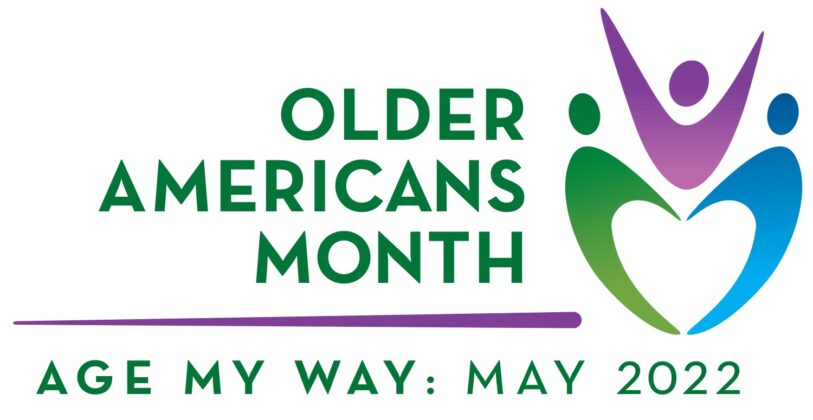May is Older Americans Month (OAM), a celebration that began in 1963 to recognize older adults’ wisdom and contributions—and to reinforce our country’s commitment and responsibility to ensure that every American has the opportunity to age with dignity.
OAM is an opportunity to raise awareness of and share needed actions on two critical sets of issues:
-
The lack of awareness of the many aging services options available to older adults seeking support
-
The growing crisis in lack of access to those options for many older Americans as our country ages, the workforce shrinks and lack of funding keeps aging services options out of reach for many middle- and low-income families.
AWARENESS: Challenges and Solutions
Demand for services will grow as longevity increases. Americans from all across the U.S. are poised to live well into our eighth or ninth decade of life, and seven in ten will need long-term care and services—on top of the support we receive from our families and friends.
Options exist, but aren’t well understood. Older adults have more quality choices to help them as they age than they may realize – from extra help around the house to communities offering specialized services.
Fear and denial of aging also play an indisputable role in shaping perceptions. Research shows that many people are concerned about being alone, needing care in a nursing home, or experiencing health issues as they age.
Experience with the aging services sector leads to good sentiment about services and providers. In fact, the majority (68%) of people who have had direct experience with aging services say it was a positive experience, most often citing quality as the reason.
Quality is also a factor in why Americans have a more favorable view of nonprofits (63%) than for-profits (47%): they believe quality at nonprofit providers is better than at for-profit providers.
ACCESS: Challenges and Solutions
There’s a growing U.S. need for aging services of all kinds. America’s population is rapidly aging. Demand for services, from assisted living to home health care, will grow: half of those who turn 65 years old today will need some paid help with basic activities such as eating or using the bathroom.
While demand for services increases, numerous barriers exist, keeping growing numbers of older adults from being able to age their way in America today.
Access to care and services is threatened due to decades of underfunding, inaction and bad policy choices by elected leaders.
Support for aging services and the system that cares for older adults is a reflection of our nation’s values. We look forward to working with leaders to ensure that nursing homes—and all aging services providers—can provide the high quality care our nation’s older adults need to live with dignity and respect.
Workforce is priority number one. Without staff, there is no care. There are over 10 million job openings now in the service economy—but the U.S. workforce is not looking for service jobs. The reality is that we are looking for workers that, at the present time, don’t exist.
To learn more visit the OAM 2022 Website.




